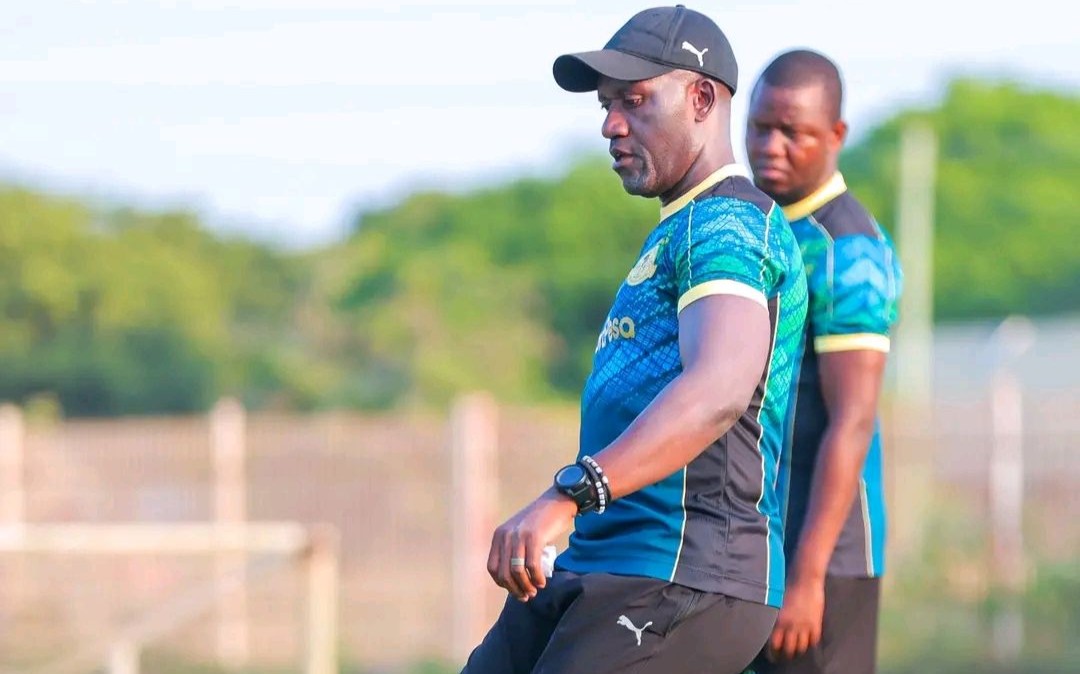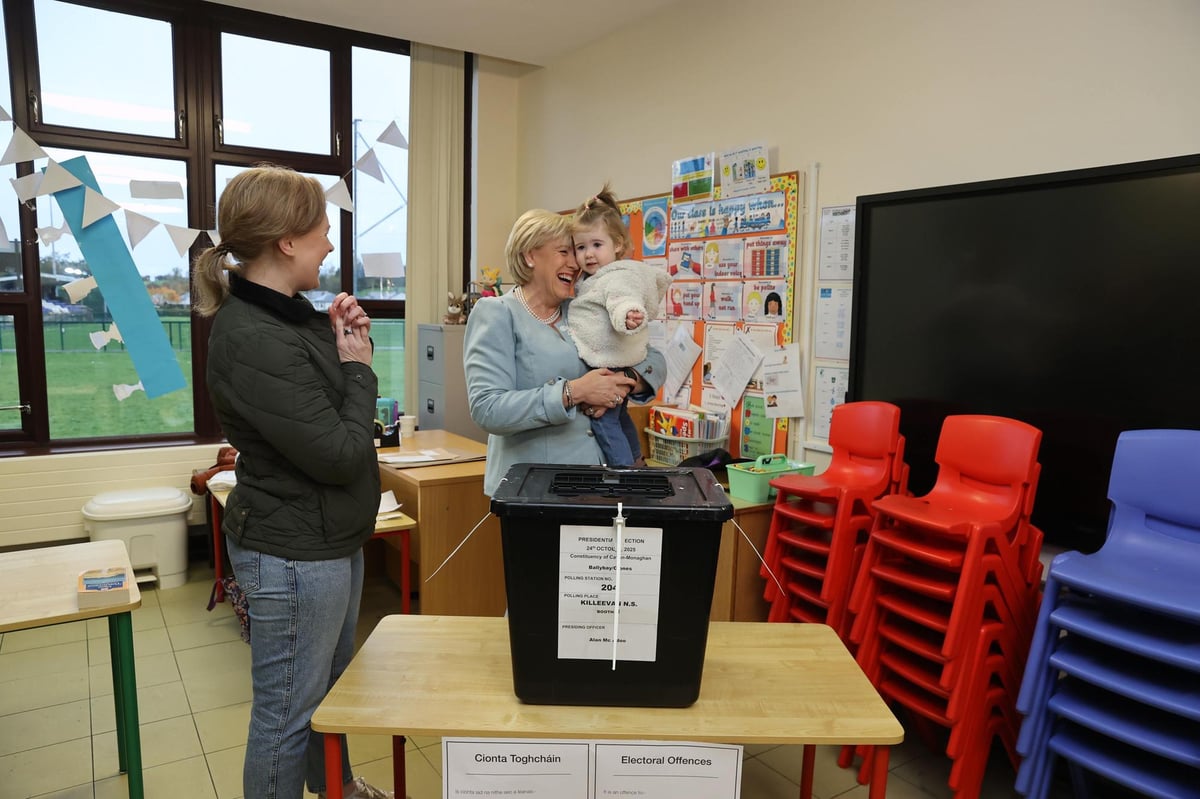Copyright bbc

More than 100 cases of carbide gun-related eye injuries have been reported in Madhya Pradesh's Bhopal district alone, with at least 15 requiring surgery. Another 100 cases have been reported from three other districts. In Bihar state, 170 cases have been reported, with 40 requiring surgery, says Dr Bibhuti Prassan Sinha, who heads the Regional Institute of Ophthalmology in Patna city. The actual numbers are likely to be higher, he added. Cases have also been reported from the states of Chhattisgarh, Jharkhand and Uttar Pradesh, as well as capital Delhi. Some states, including Madhya Pradesh, have now banned the use of carbide guns as firecrackers and several sellers have been arrested. Kavitha Kumar, head of ophthalmology at Hamidia Hospital in Bhopal, says that patients have been coming in with mild, moderate and severe eye injuries. "In milder cases, skin on the eye and around it has sustained chemical injuries and thermal burns. In moderate cases, chemical particulate matter has caused mild damage to the cornea and in severe cases, there's extensive damage to the cornea, causing temporary vision loss. With surgery, the patient may be able to regain their sight over time," she says. Some doctors told the BBC that they were shocked by the severity of the injuries. Dr Aditi Dubey from Hamidia Hospital said that she had never seen chemical injuries caused by Diwali firecrackers and had to research what "carbide guns" were. Many patients said that they bought the gun after seeing it on Instagram Reels and YouTube videos. An attractive aspect was the price - at 150-200 rupees ($1.70-$2; £1.28-£1.70) a piece, it was a relatively cheap firecracker that promised to make a big impact. A search for the term "carbide gun" on Instagram and YouTube throws up dozens of videos of young people making and using these devices, often accompanied by rap music.



